Chubushnik girlish (virginal): description, tips for planting and care
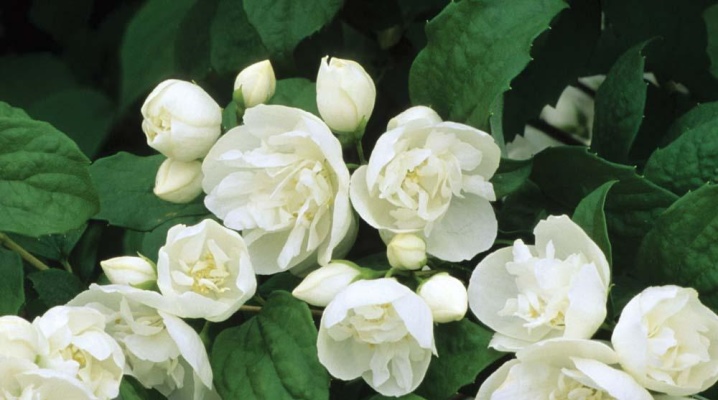
There are a large number of ornamental plants that can improve the appearance of the site. But it makes no sense to talk about everyone at once. Next in line is such a culture as virginal mock-orange.
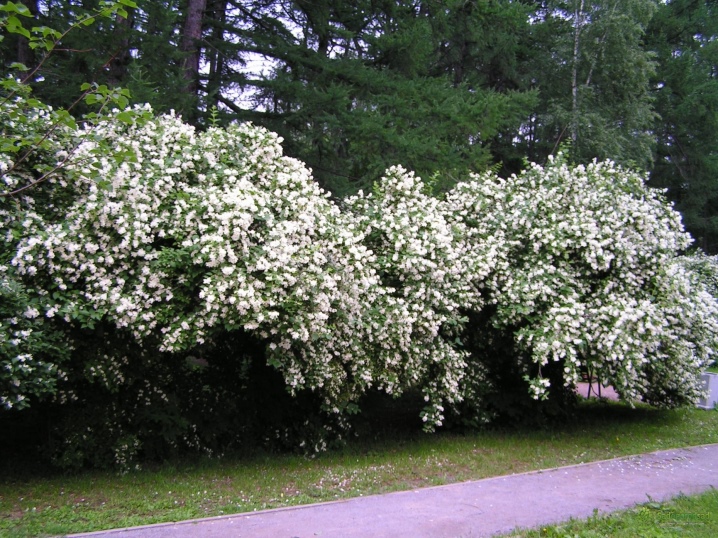
Description
This plant is not just one species, but a whole genus of shrubs belonging to the hydrangea family. The Latin biological name is given for a characteristic external feature - a close convergence of opposite shoots. In the Russian tradition, there are such names as garden or girl jasmine, although this shrub does not apply to real jasmine. Common names are associated with the characteristic sweetish smell of flowers.
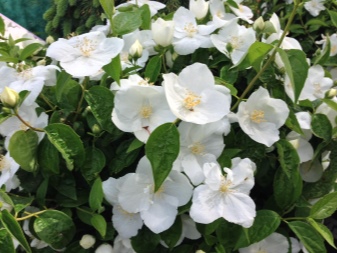
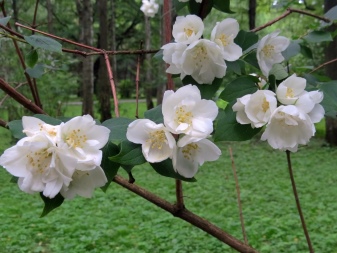
In nature, virginal mock-orange populates:
- European countries;
- east of Asia;
- North American continent.
The shrub is mainly of the deciduous type. Semi-deciduous varieties are occasionally found. The bark of the chubushnik has a small thickness, it is mainly painted in a gray tone. A number of species have brownish peeling bark on 1-year and 2-year-old shoots. The plant forms solid wood, and a consistently wide core is formed at the trunk.
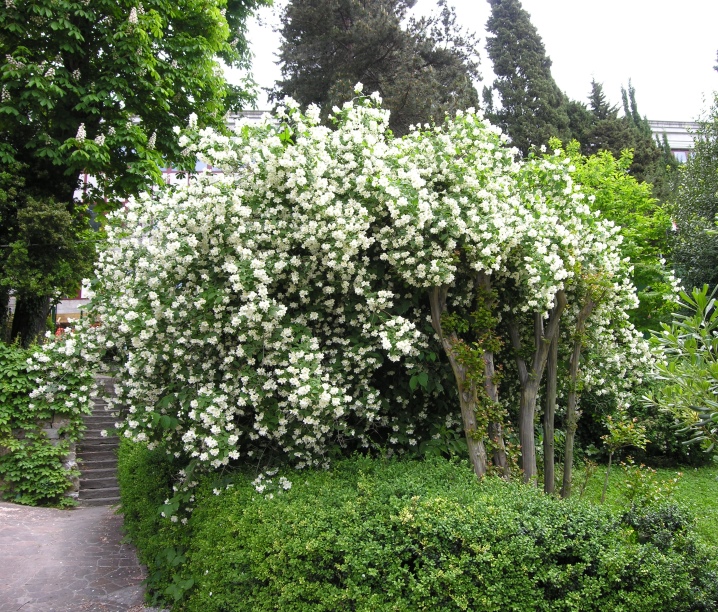
The leaves of this species belong to the opposite species and have a "simple" structure. The length of the leaf most often reaches from 0.05 to 0.07 m. The petioles are relatively short. The shape of the leaf varies greatly:
- egg;
- oval;
- elongated structure;
- shallowly serrated;
- round at the base and pointed at the edges.
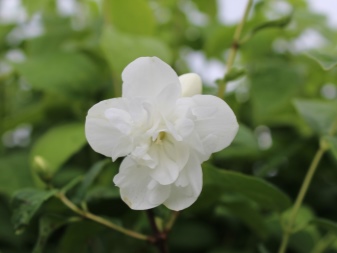
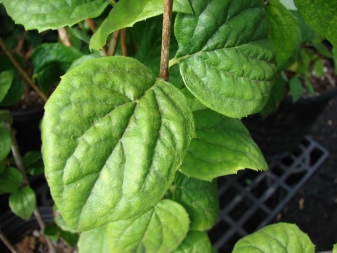
The leaf is slightly pubescent from below, bare from above. But there are also exceptions to this rule. The racemose inflorescences contain 3-9 flowers, these inflorescences are formed at the ends of the shortened young shoots. Sometimes you can see inflorescences appearing in the axils of the upper pairs of leaves.
Philadelphus Virginalis has large flowers (0.025-0.07 m). Pure species of this plant have flowers of a simple structure. In varietal varieties, a double or semi-double flower prevails. The aroma of this plant is not always strong. There are also weakly smelling, and not at all smelling flowers.
They are characterized by a white, yellowish or creamy white tone. The cups of the goblet structure look quite attractive. They have 4 or 5 (less commonly) concave sepals. Corollas have 4 to 6 large petals. Their shape varies greatly.


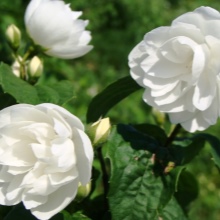
There are both petals at intervals and overlapping each other. Fruits are capsules with 3-5 nests, filled with very small seeds. 1 gram contains from 6 to 10 thousand seeds. The hybrid shrub attracts honey bees, although not too many.
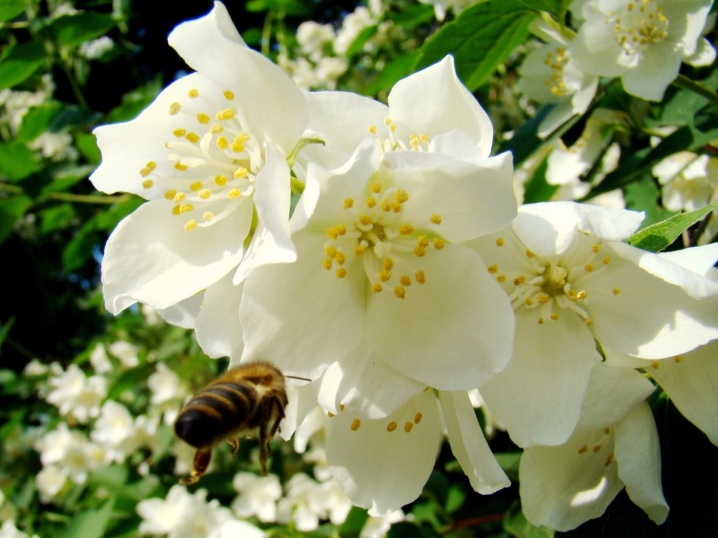
Virginal was bred in 1909. Its bushes can reach 2-3.5 m in height. A characteristic feature of the plant is its large crown width. The leaves are most often oval, with a sharp point, up to 0.07 m long. In the summer they have a dark green color, in the fall they turn yellow. Flowering usually occurs in July, with occasional weak re-flowering in autumn.
The diameter of white double flowers can reach 0.05 m. Usually they are grouped in inflorescences, sometimes reaching 0.14 m. The preservation of decorative qualities is guaranteed for up to 20 years in a row.
Fruit ripening occurs in the last days of October; the winter hardiness of the hybrid mock-orange is moderate, but all cuttings collected in spring can be rooted.
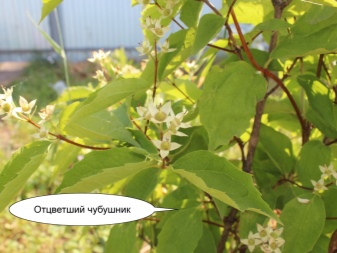
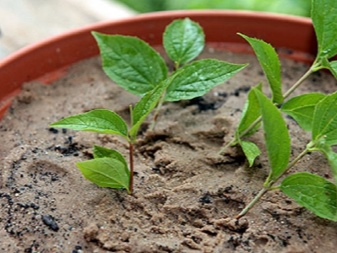
Agrotechnics
Chubushniks are not too whimsical, they can be grown both in sunny places and in partial shade. However, the lack of light results in slow and weak flowering. Waterlogging of the site and even a relatively weak accumulation of water is strictly unacceptable. But even with a drought, the virginal quickly stops blooming. Therefore, care must be done very carefully and carefully, with a balance when watering.
The plant is able to overwinter with the onset of cold weather up to -25 degrees, inclusive. However, this does not mean that insulation can be abandoned. This requirement is especially relevant in the middle lane and in the northern regions of the country. But even in the southern regions of Russia, severe winters often cause harm to plants.
The resistance of Philadelphus Virginalis to diseases is quite high, the shrubs practically do not get sick. Pest infestation occurs only occasionally.
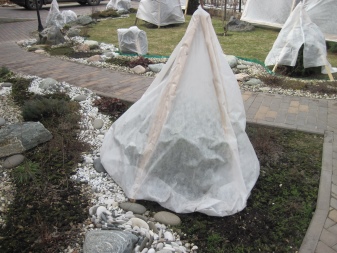
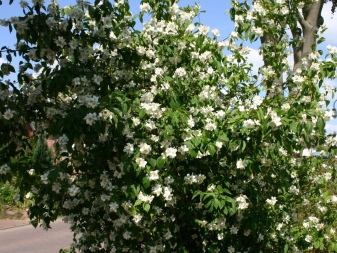
For reproduction, vegetative methods are mainly used, such as:
- use of layering;
- splitting the bush;
- grafting.
The simplest method is layering. With the onset of spring, you need to choose a completely healthy shoot and tilt it to the ground. There, the shoot is firmly held with a bracket, and then a little earth is poured. After the roots appear (this will happen by the fall), planting is carried out in a new place.
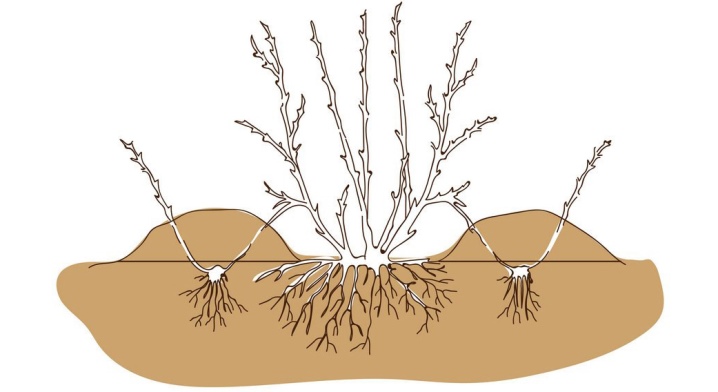
Important: this procedure should be done so that the root system is preserved.
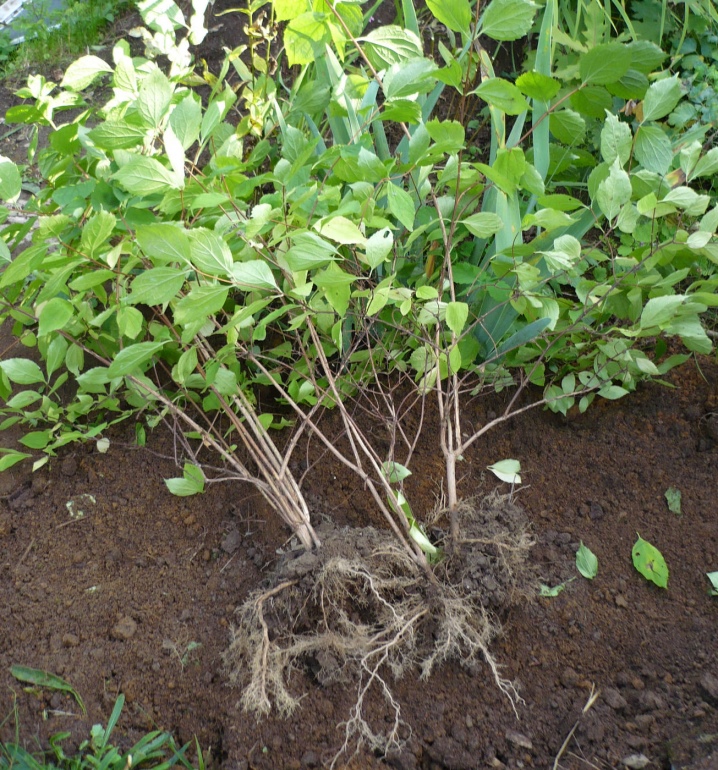
Seed planting for a virginal mock-orange is not suitable. It is extremely laborious and almost inevitably leads to a loss of varietal properties.
You can grow a crop on a variety of soils. Only areas with especially acidic soil are unacceptable. Disembarkation is carried out both in spring and autumn.
Container seedlings, together with a lump of earth, give a good result when planting throughout the growing season. However, in the middle lane and to the north, the spring period is more attractive. It allows you to give the plants more time, so they will take root better in the new area.
Important: it is necessary to check that the soil passes water well.
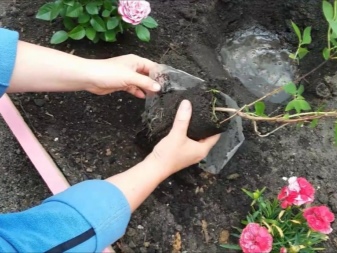
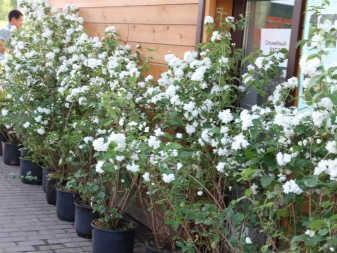
The usual planting cut is 0.5 m, but the parameters of the root system of a particular plant must be taken into account.
At the very bottom of the hole, a layer of drainage material is placed. This capacity is usually performed by:
- expanded clay;
- brick fight;
- pebbles;
- clay shards;
- small stones.
Any drainage material can be mixed with river sand (at the discretion of the farmers themselves). The thickness of the drainage is from 0.1 to 0.15 m. Above this layer, a little garden soil is poured in combination with humus and washed out heated sand. The ratio between parts is 3: 1: 1. It is advisable to add a small amount of nitrophoska.
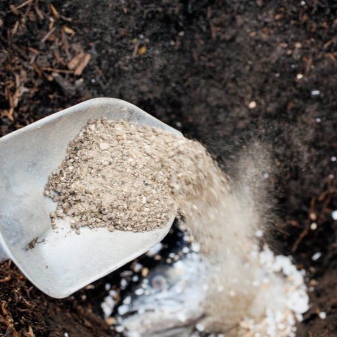

The roots of the planted chubushnik are positioned so that they are covered with soil. But the neck of the root must be lifted off the ground. The newly planted plant is spilled abundantly with warm water. Further, the ground above the seedling is slightly compacted and 0.04-0.05 m of mulch is spread. It can be:
- dried foliage;
- sawdust;
- compost;
- peat.

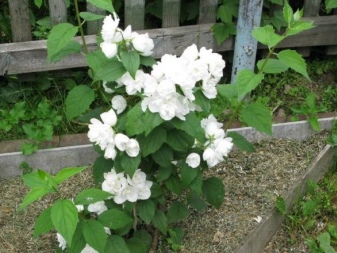
How to care?
Chubushnik virginal needs:
- systematic watering;
- 2-3 dressings during the season;
- systematic shelter before the onset of winter.
Mulching, loosening and weeding of the land are carried out as needed. It is allowed to use only water that has been set in the sun for watering. Watering is carried out twice a week if the weather is not too hot.
Important: when the mock-orange blooms, it must be watered daily. After any watering, it is advisable to slightly loosen the soil and renew the mulch layer.


The usual water consumption per bush is 10-20 liters. Weed the ground only when a large number of weeds appear. If there are few of them, there is no risk for the chubushnik. Mulching almost eliminates the need for weeding. Top dressing is needed only in the second year of development in the open field.
Excessively early fertilization often leads to root burns. Usually, 2 or 3 dressings are carried out per season. In the spring, organic fertilizing is used. They are introduced in two ways: either they mulch the trunk circle, or they lay the necessary substances in the ground.The second feeding is needed when laying the buds, and at this moment complex mineral compositions are needed.
With the onset of autumn, organic feeding is again carried out. It allows you to guarantee a successful wintering. For your information: organics can be replaced with phosphorus-potassium compounds. At the beginning and end of the growing season, pruning is carried out in order to preserve the external attractiveness of the bush. In autumn, the bushes are thinned out to avoid thickening of the crown and weakening of plants.


Infusions and decoctions will help fight harmful insects:
- wormwood;
- tansy;
- dandelion;
- yarrow;
- marigolds.
For information on how to grow a girlish mock-orange, see the next video.



































































The comment was sent successfully.